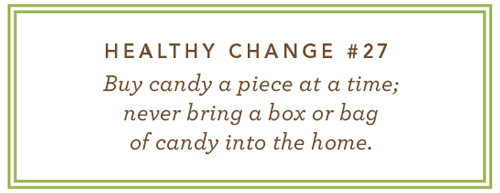Menu, Week 27
Three Notable Articles
In the recent flurry of food articles from the N.Y. Times, here are three that will interest you, arranged by subject:
Milk: In this article, food writer Mark Bittman argues that we actually don’t need milk, excepting breast milk for infants. It was a dark day for the dairy industry, but Bittman cured his lifelong heartburn simply by stopping all milk intake. But is it good advice for all? Like most topics in nutrition, it’s complicated. Ninety percent of Asian-Americans, as well as 75% of people who are black, Jewish, or of Mexican descent are, to some degree, lactose intolerant. Basically, coming from societies without a dairy tradition, they lack lactase, the enzyme that breaks down lactose. So what about the other 250 million Americans?
My view is different than Bittman’s. I like milk, but fear it has been made less healthy by Food Inc’s constant search for cost reduction. It’s cheaper to take cows out of green pastures, tie them to stanchions, feed them the cheapest grains tolerable, and milk them three times a day through their short life. Unfortunately, unhealthy cows don’t produce healthy milk. As discussed here and here, I consume dairy sparingly and wish healthier forms were available. The beautiful wife drinks very little milk but enjoys cheese and yogurt—a better solution for the lactose intolerant.
Bread: The article “Against the Grain” reviews a recent book White Bread: A Social History of the Store-Bought Loaf. You can see a review by the Whole Grains Council here. This is a classic story of how well intentioned food reforms turn into businesses and how the product evolves to be the opposite of the original intent.
Take bread, for example. Early 20th century concern about bacteria in bread made by immigrants in local sweatshop bakeries led to large factory bakeries all nicely sanitized, and eventually to Wonder Bread. Did a worse product ever result from a good intention? Yes, packaged breakfast cereal started out as a health food. It’s an old story and it’s time for people to wise up. We’ve spoken of bread here, and visited the supermarket bread aisle here. Oh, and we visited the breakfast cereal aisle here.
Organic: As you know, we care deeply about nutrition but rarely buy products labeled organic. Let me explain. You can buy just about any food in an organic version if you’re willing to pay more. And if you’re willing to pay more, well, that’s a business opportunity. And as we’ve just seen with milk and bread, businesses maximize profit and maximizing profit always corrupts the product, though skillful advertising can fool most people for a while.
I know this sounds anti-business, but it comes from someone who believes, and worked, in the free enterprise system.
The article, “Has ‘Organic’ Been Oversized?” argues that the industry’s standard-setting group, the National Organic Standards Board, is full of Food Inc cronies and is more about their profit than our well being. Imagine that—another good intention corrupted by the constant craving for corporate growth.
Here’s my view: There should only be one standard for food—healthy. Supporting a separate, more expensive, class of food for the privileged runs against everything America means to me. And to you, I hope. One more thing: Don’t believe any advertisement by Food Inc. Some may be true, but you never know for sure. Better to listen to neutral third-party voices. If I could fit it in, I'd make this a Healthy Change.
This Week’s Menu
We had a house full of guests this week and ate two meals in the homes of other children, so a short menu. The guests are gone now, the house is strangely quiet, and we’re just snacking from the refrigerator.
Monday
- Skip’s Stuffed Bell Pepper (from the freezer)
- Grapefruit-Avocado Salad (got this from Grausman’s book, At Home With the French Classics, called, Salade d’ Endives et de Pamplemousse Rose, so how special is that? Now that I think about it, the BW added the avocado to the recipe.)
- Dessert: Cantaloupe. (So tasty, and so easy.)
Tuesday
- Skip’s Macaroni and Cheese
- Broccoli Salad
- Ship’s Homemade Applesauce
Wednesday (The 4th of July, a day to eat whatever you want)
- Hamburgers and hot dogs, barbecued
- Green salad
- Chips and dips
- Watermelon

 Sunday, July 8, 2012 at 10:05PM
Sunday, July 8, 2012 at 10:05PM



